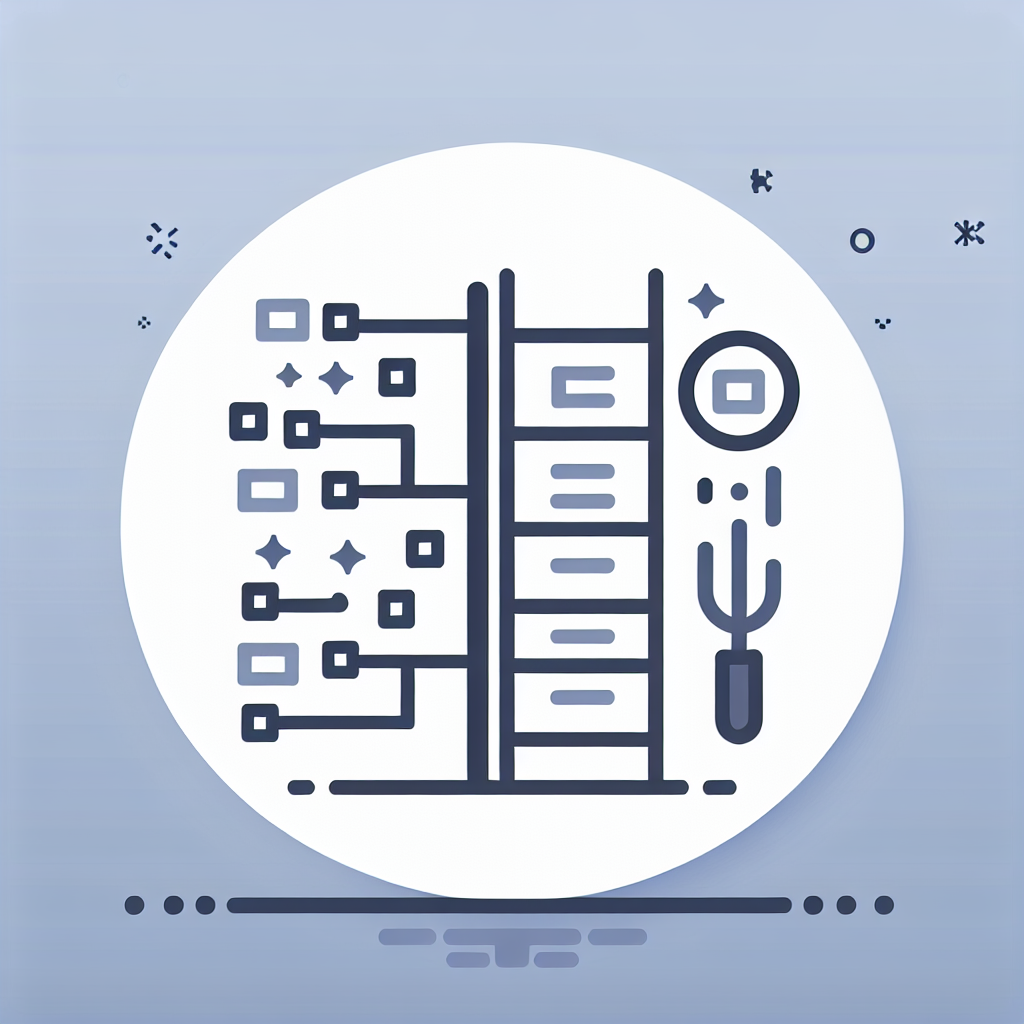Effortless Ladder Logic Code Generator Tool Online
Effortlessly create precise ladder logic code with our advanced generator. Streamline programming, enhance efficiency, and boost productivity today!
Describe Your Code
Generated Code
Output will appear here...
The Ladder Logic Code Generator streamlines automation processes by swiftly converting control requirements into efficient ladder diagrams, ideal for PLC programming. Enhance your industrial automation projects with this tool that boosts productivity and reduces error rates. Perfect for engineers and technicians seeking seamless integration and optimization in manufacturing systems.

Ladder Logic Code Generator Link to this section #
Ladder Logic Code Generators are invaluable tools for automating the creation of ladder diagrams, crucial for programming Programmable Logic Controllers (PLCs). These tools streamline the process of developing control systems in industrial automation, enhancing efficiency and reducing error margins.
Key Features Link to this section #
- Automated Code Generation: Converts functional requirements into ladder logic code swiftly, reducing manual coding efforts.
- User-Friendly Interface: Designed to accommodate both novice and experienced users in PLC programming, offering intuitive drag-and-drop functionalities.
- Cross-Platform Compatibility: Supports major PLC brands such as Siemens, Allen-Bradley, and Mitsubishi, ensuring wide-ranging applicability.
- Error Detection and Correction: Built-in diagnostics to identify and rectify logical errors, improving code reliability.
Benefits Link to this section #
- Efficiency: Speeds up the development cycle by automating repetitive tasks and minimizing manual intervention.
- Accuracy: Enhances precision by using predefined logic blocks and templates, reducing the likelihood of human errors.
- Scalability: Easily adapt to increasing complexity in industrial processes by modifying existing code structures.
Sample Code Snippet Link to this section #
|---[ ]---[ ]---( )---
| Start Stop Motor
This snippet illustrates a simple ladder logic circuit where a motor is activated by a start button and deactivated by a stop button.
Use Cases Link to this section #
- Manufacturing Control Systems: Automated systems for assembly lines and production facilities.
- Building Automation: Managing HVAC, lighting, and security systems.
- Process Control: Regulating operations in chemical and pharmaceutical industries.
Learn More Link to this section #
For further insights into ladder logic and its applications, explore resources from PLC Academy and ISA. These platforms provide comprehensive guides and tutorials for mastering PLC programming and ladder logic.
By leveraging a Ladder Logic Code Generator, you can significantly enhance the development and maintenance of industrial automation systems, ensuring high performance and reliability.
Frequently Asked Questions
What is a ladder logic code generator?
A ladder logic code generator is a software tool that automates the creation of ladder logic diagrams, which are used in programming PLCs (Programmable Logic Controllers). It simplifies the process of designing complex control systems by generating code based on user-defined parameters and inputs.
How does a ladder logic code generator benefit industrial automation?
A ladder logic code generator enhances industrial automation by reducing development time, minimizing human error, and ensuring consistency in code. It allows engineers to focus more on system design and less on manual coding, leading to more efficient and reliable automation solutions.
Can ladder logic code generators be used for all types of PLCs?
While ladder logic is a widely supported programming language for PLCs, compatibility with a code generator depends on the specific PLC model and the software tool being used. Some generators are designed to support multiple brands and models, while others might be tailored to specific PLCs. It's important to verify compatibility before use.